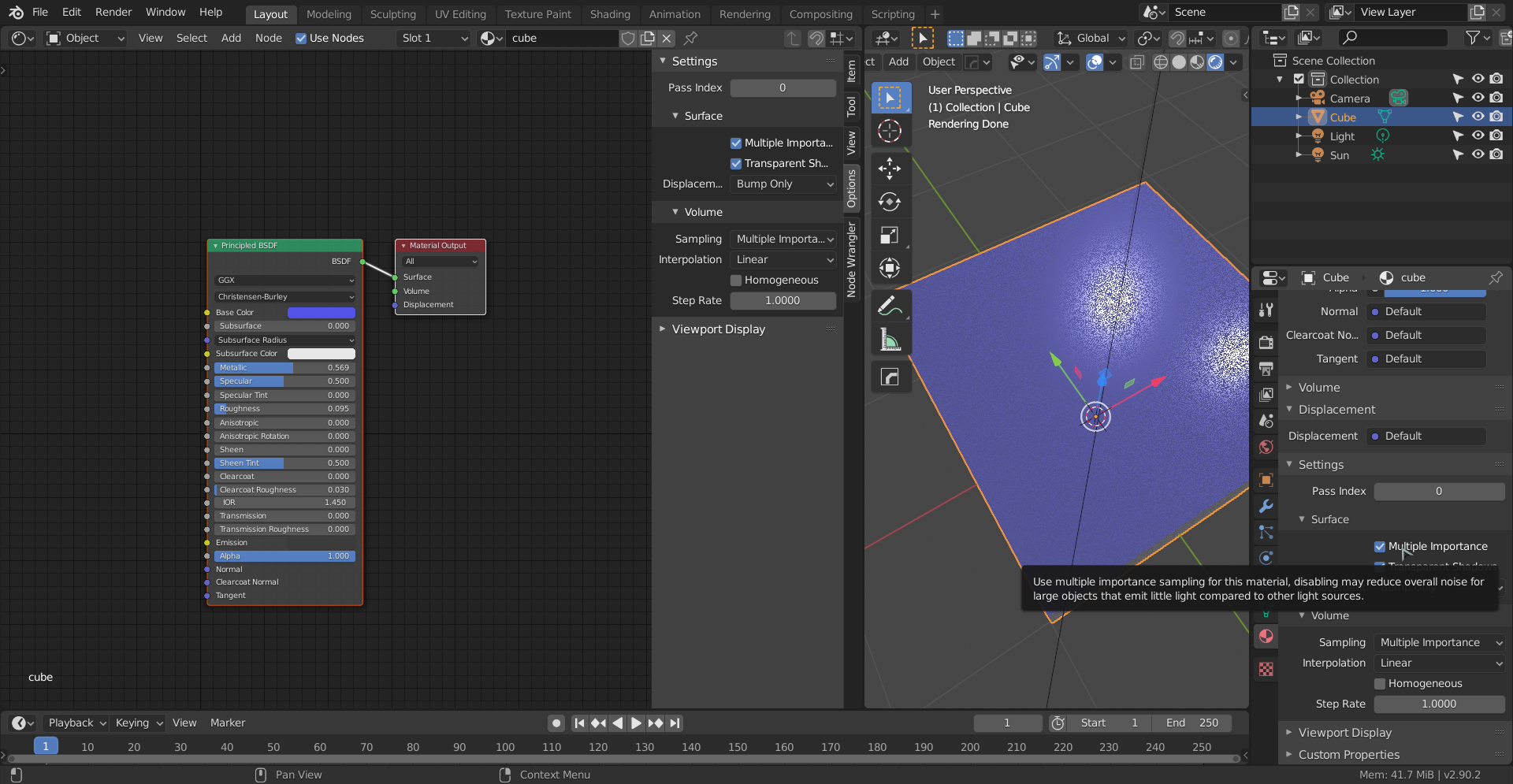According to the "Cycles Encyclopedia" (page 234 in version 1.5), "Area Lights" acting as "Light Portals" do only guide "Shadow Rays" through their surface. These "Shadow Rays" are sent out towards a random light source (or all light sources with the corresponding setting) from each surface position that a regular ray hits and bounces off on its way from the camera through the scene and finally (if we're lucky) to a light source . The purpose of these "Shadow Rays" is to ensure that, if a regular ray doesn't find a light source, we still get some light information.
Furthermore the "Cycles Encyclopedia" (page 283 in version 1.5) recommends to " turn off MIS on the world background when using portals because MIS and portal cross paths". "Multiple Importance Sampling" (MIS) also works as a guide for "Shadow Rays" but does it by dividing the background texture into squared areas and assigning a weight value to them in relation to their brightness so that brighter areas are more likely to be hit by a "Shadow Ray".
Thanks for the clarification! I tested changing the map resolution while using portals, but so far setting it to None has always given noisier and worse results. I think something must have changed since the encyclopedia, but I could be wrong. Regardless, I have yet to find a situation where messing with that setting is needed for anything other than memory optimization. Please let me know if you come across one!
The "Cycles Encyclopedia" version 1.5 still shows the user interface of 2.7x , so as you already explained here, it's automatically applied in 2.8.
There still is MIS for Materials though.
When a Material has a large area emissive component that is weak compared to the overall lighting, turning it off (it is on by default) can reduce the noise:

and with MIS turned off:

(The Cube has a slight emission on it!)